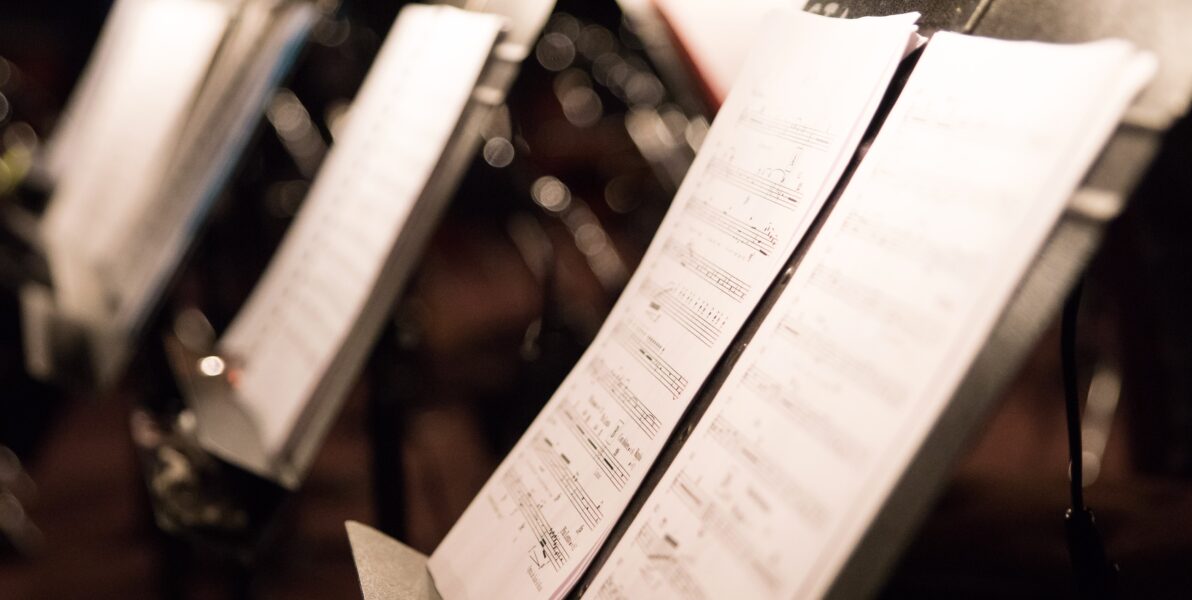Menu

These international musicians have come together to present an evening of first class music making. Emma Johnson was BBC Young Musician of the Year in 1984 and Natalie Clein was awarded the same prize in 1994. John Lenehan is recognised as one of today’s leading accompanists.
This instrumental combination requires careful attention to balance, which in a concert venue demands great skill. In a recording studio it is possible to adjust each note with an electronic twitch but on the concert platform the players are entirely responsible for every nuance. There are no re-takes and no breaks for coffee whilst someone "adjusts the set". The players must listen, concentrate and continually modify their playing to cope with the acoustics. This alone can be a problem, but when one adds the factors of technique, phrasing and the need to convey style and emotion to the audience, we begin to appreciate the gargantuan tasks that make up a concert entertainment.
The ensemble began with John Ireland's Trio for clarinet, cello and piano, - an early work that has been modified by both the composer and a diligent scholar since it was written in 1913. It is not the best of Ireland's output and apart from some contrived conversational moments between the clarinet and cello, it becomes a clarinet solo with the cello merging into the lower piano range. Despite the most arduous attempt to project the music by the trio, its lightweight material and struggle for equilibrium made the performance a more difficult task than the end product warranted.
The Sonata for clarinet and piano Op. 120 No. 2 in E Flat by Brahms was quite a different experience. Emma Johnson's limpid lyricism and exquisite phrasing was superbly accompanied by John Lenehan. Miss Johnson almost choreographs her playing as she moves around the piano, which to some (those who grew up with Sir Adrian Boult's stern baton and immovable corpus) is unnecessary. To others it is an added dimension to the music. But there was no question as to the delicious sound that they generated and the empathy between the players was truly remarkable.
The Cello Sonata by Frank Bridge is very skilfully constructed. Natalie Clein and John Lenehan exploited every opportunity to bring this highly-charged romanticism to their audience. One has to bear in mind with a cello and piano work, the cello has four strings and a portable sound-box whilst the piano has many more strings, a huge soundboard and a sustaining pedal. The sustaining pedal was "the soul of Romantic music", but if used liberally blurs the whole sound pattern and yet it is impossible to create a really romantic sound without it. What is more the pianist often receives the same dynamic marking as the cellist and so if he plays the piano in the manner of a Lisztian soloist the poor cello is swamped. Natalie Clein played magnificently with passion and conviction whilst John Lenehan performed the near impossible. He conveyed his great moments of passion without swamping his cellist and achieved the apogee of accompanying but played like a soloist.
The trio in A minor for clarinet, cello and piano Op. 114 by Brahms is a much more satisfying work than the Ireland which opened the concert. The ensemble's fastidious attention to balance and dynamics was always to the fore and there was a oneness rarely found in most mixed ensembles.
The evening ended on a light note with an arrangement of Monti's Czardas, which although redolent with tongue in cheek humour still concentrated on refinement, balance and the sheer joy of making music. A memorable concert indeed.
Adrienne Fox